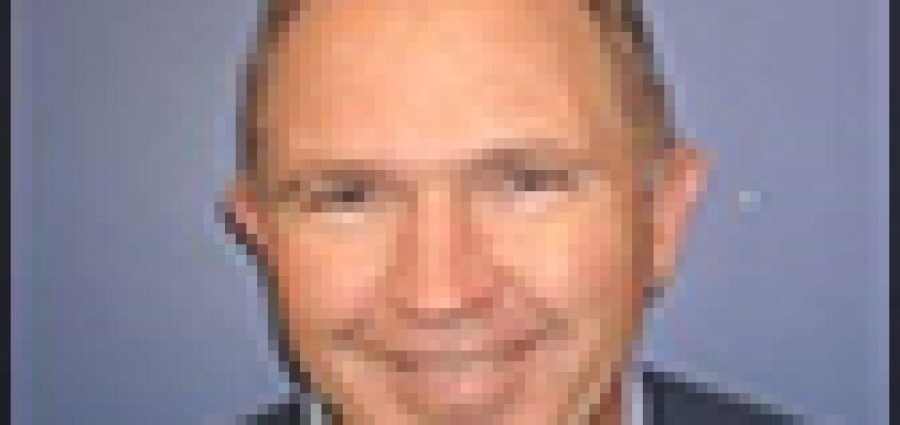I’ve been in operational roles throughout my 30-year career with a focus on distribution excellence – in outsourced, insourced and blended models. The products were diverse: apparel, computer equipment, imaging products and documents management, small electronics, and industrial products. Over the years leading multiple national locations, there was one differentiator between the superior and consistent performances of certain operations over other facilities: the engagement of the workforce.
Those high-performing operations had a common thread: A core group of unofficial leaders among the floor associates that were fully engaged in the success of the operation. They understood that their daily execution providing flawless service, pristine quality, and a cost-effective operating performance drove a positive customer experience. They focused on the customer and understood that the customer’s experience was the key to organizational achievement. They realized that their personal success correlated directly with their organization’s success. Those teams are a delight to lead.
Once that culture is formed, it will grow organically as long as the foundations that created it are maintained and continue to grow. There are a few key questions to ask to deeply understand these foundations. How does leadership create the atmosphere for a team to come together as an engaged customer-focused team? What is that secret sauce of messaging from leadership, performance metrics, and compensation structure that creates a customer-centric culture?
While these teams are a pleasure to lead, they don’t lead themselves. Nor does engagement develop without confident leadership executing on the following areas:
- creating the atmosphere where teams understand the organizational goals,
- clearly communicates on why hitting these goals drives organizational success,
- provides constant feedback on how the team is executing to the goals, and
- allows the team to participate in process improvements to encourage them to feel control over how they do their jobs and how they can improve their functional responsibilities.
- This requires a high level of trust in leadership. Site managers will lose their workforce when their conduct and messaging does not build credibility. It’s impossible to lead a team to their potential without being seen as credible and trusted managers; a leader’s words will be doubted, metrics will be questioned and, worst of all, your motives will be in doubt. This environment will never optimize operational effectiveness.
As trust in leadership develops, management style evolves into a coaching and mentorship model. There’s a critical two-part formula here:
Leadership focuses on developing a helpful team of co-workers that support each other in meeting goals that they understand will drive a positive customer experience and advance the business.
Management focuses on building the continuous-improvement culture, identifying the informal leaders on the work teams, making sure the performance measures are readily available and understood, and guiding the team on improvement opportunities.
Not all supervisors and managers are comfortable leading in this model. Some managers see this model as giving up control. Senior leaders need to repurpose these employees and train supervision on the unique leadership skill set needed to educate, mentor and guide the workforce in a customer-focused continuous-improvement model.
This new culture will provide job satisfaction; the team takes pride in the success demonstrated in the performance measures that they trust is driving the business forward. They believe that their day-to-day execution has a meaningful impact on the profitability and growth of the business by driving value through flawless service and increasingly improved operational performance.
The final key is that the team’s performance needs to be recognized both at a personal level and in a material fashion. The organization has to believe that leadership sees the team’s performance as critical – that management truly values their daily execution with tangible incentives funded by exceeding the financial targets set for the team and adjusted for changes in business conditions.
This engaged workforce drives customer satisfaction, customer loyalty, and is a differentiator in the market. The metrics-driven reward structure builds year-over-year self-perpetuating improvement as the new financial year is baselined on improved prior-year performance.
Dave Haley began his career working for Hart Schaffner and Marx in multiple roles, completing his 16-year career as plant manager. His next roles were at Compaq and subsequently Hewlett Packard where he assumed responsibility for East Coast business-to-business distribution. Dave has successfully lead a diverse set of distribution models. He may be reached at haleydave91@gmail.com.


